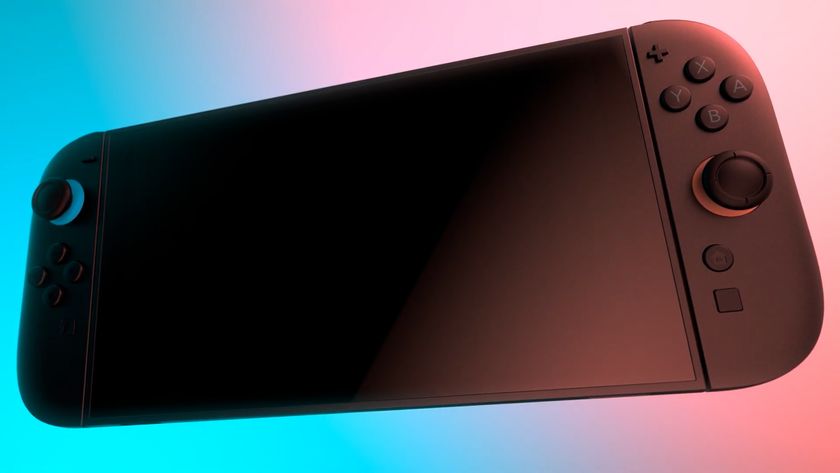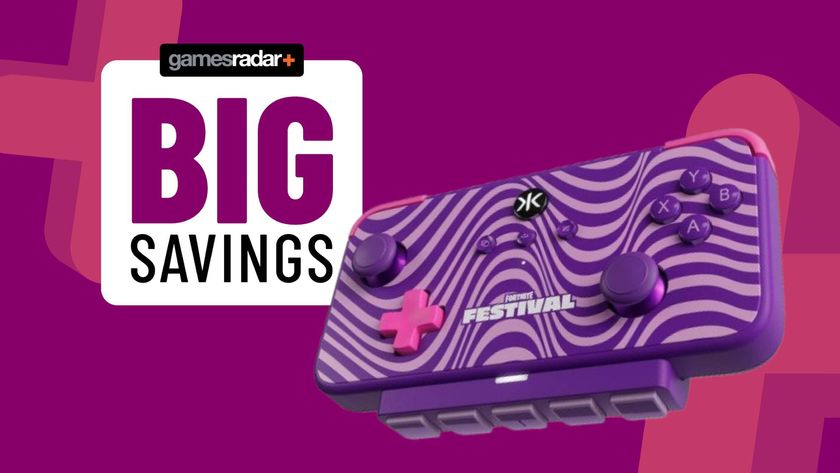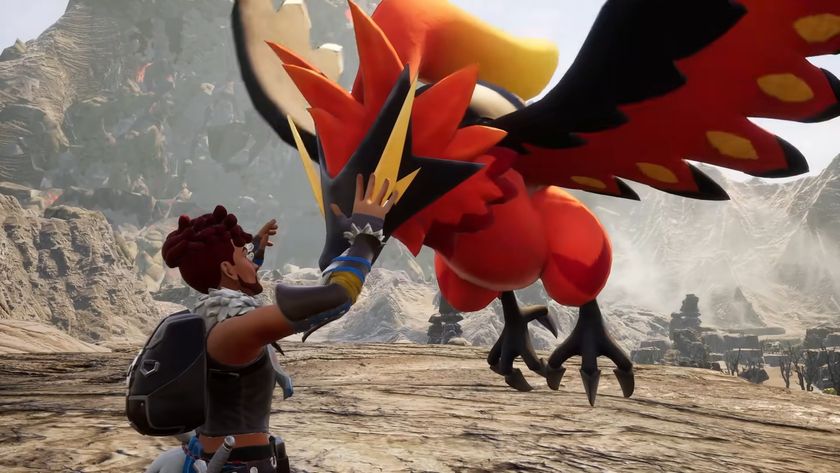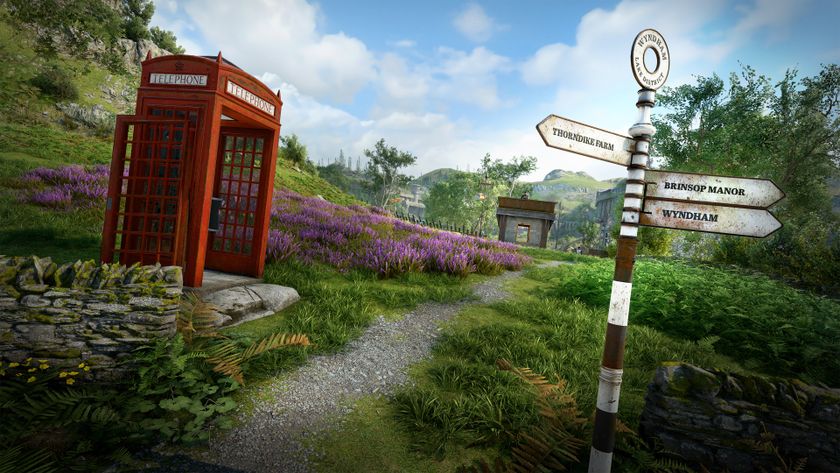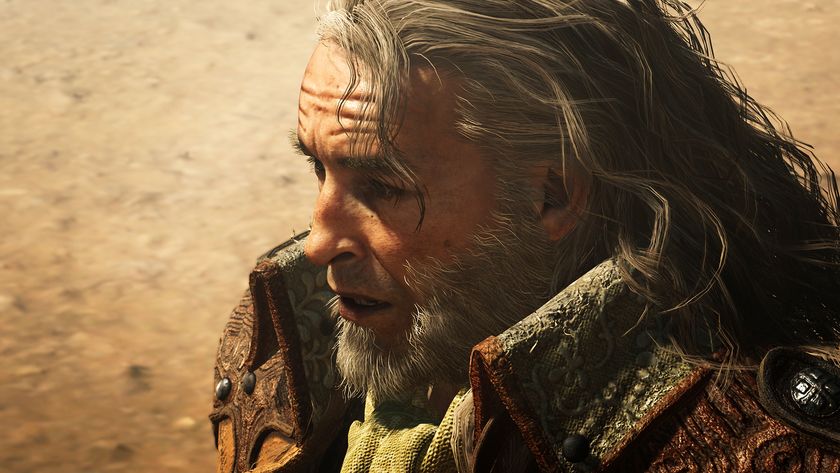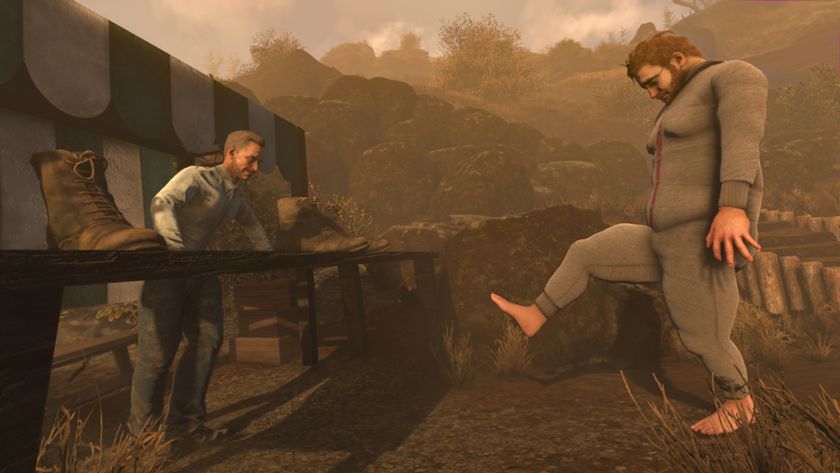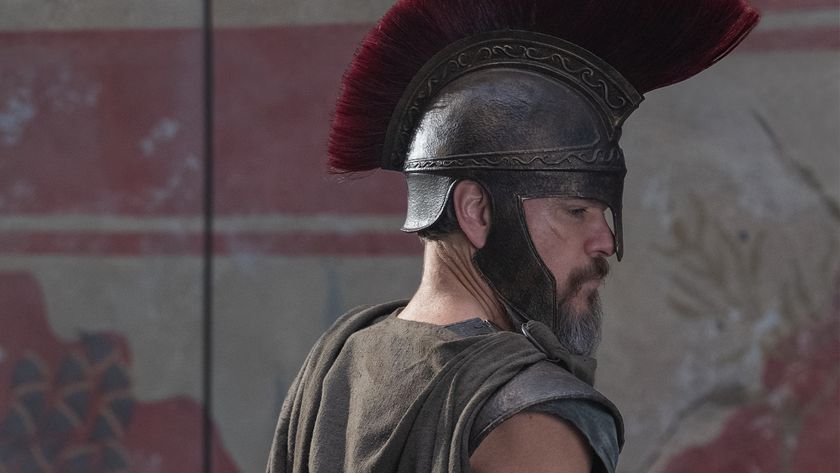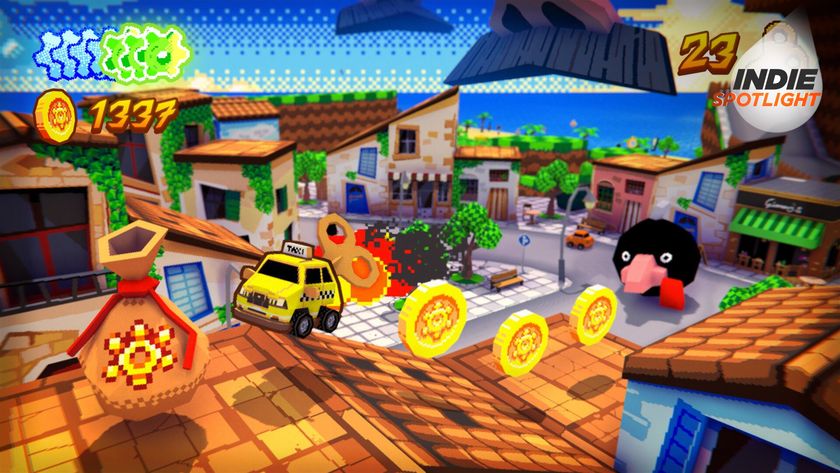One Google Pixel 9a feature could make it a better gaming phone than most budget mainstream models
Google goes big on battery
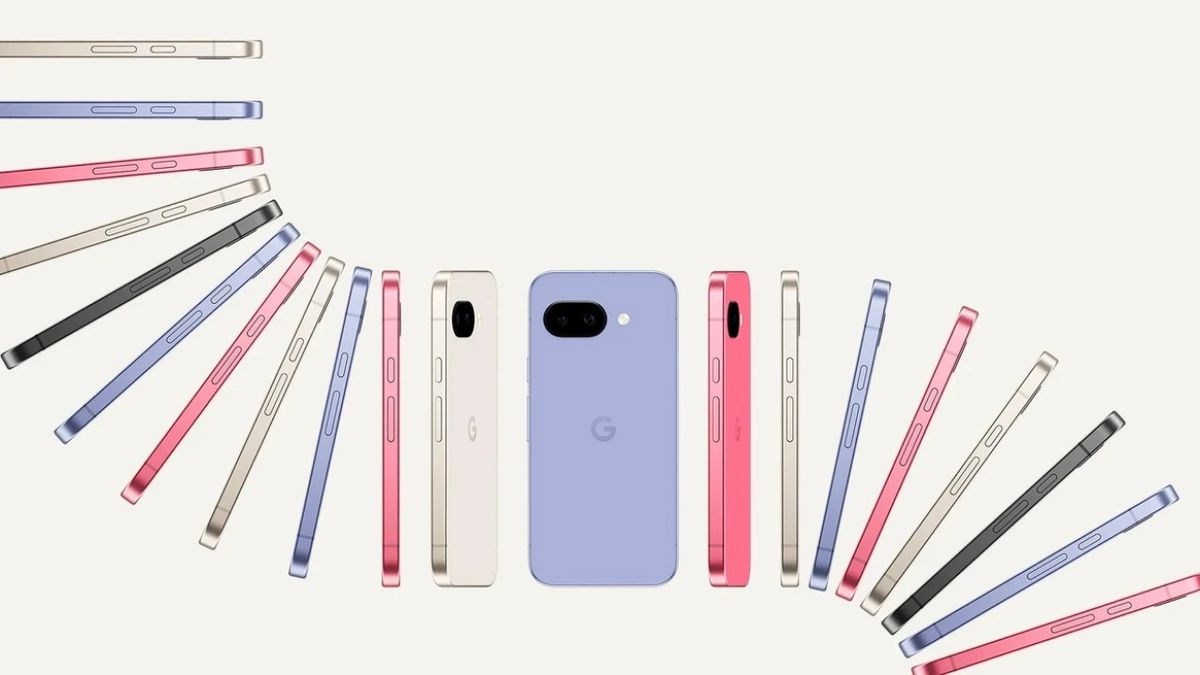
The Google Pixel 9a is a budget smartphone by all accounts. Its camera and AI extras don’t quite rival that of the full flagship but it still offers up the majority of the brand’s latest features at an affordable price, but it also marks a distinct departure from the smartphone design of today.
Gone is the camera bump, and instead we’ve got a thicker chassis and, most importantly, a much larger battery.
5,100mAh is a step outside of the ordinary even for mainstream flagship phones. It’s one of the heaviest batteries of today’s current roster, rivalling the best gaming phones on the market from a sheer size point of view. Of course, more charge doesn’t always mean a better battery life - but considering the Tensor G4 chip under the hood is designed to maximize efficiency, things are looking pretty strong. And that’s excellent news for mobile gamers.
That Google chipset isn’t going to give the Snapdragon 8 Elite in the Asus ROG Phone 9 Pro anything to worry about, but it’s still more than capable of running the majority of thumb tappers out there.
Genshin Impact, Fortnite, and Dead Cells are going to run better on a dedicated gaming device with additional hardware and software features devoted to gameplay, but the majority of mobile gamers simply use whatever hardware they have available rather than forking out for a specific Asus or Nubia device. The only problem these players come up against in most budget mainstream smartphones is battery life.
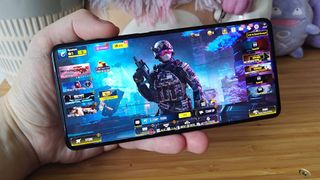
At full throttle, these games can kill a phone in a couple of hours. I can max out at around four hours of full-brightness, screen-on PUBG time on my iPhone 13 Pro with its 3,095mAh battery and A15 Bionic processor, whereas the 5,800mAh ROG Phone 9 Pro runs for nearly six hours in similar games with Snapdragon at the steering wheel. I expect the Google Pixel 9a could run for similar lengths of time with its weaker specs and efficiency-focused chipset.
Before the Google Pixel 9a stormed into town, longer sessions with more demanding games were generally only possible on dedicated devices. Overall graphics, controls, and stability aren’t going to match up to these high-end flagships. After all, there’s only 8GB RAM under the hood whereas Asus and Nubia pack up to 24GB these days. Most mobile gamers don’t need to sit and play Call of Duty for hours at the highest settings, though. Most players want to spend a chunk of time in their favorite titles and still have enough power to see them through the rest of the day.
Sign up to the GamesRadar+ Newsletter
Weekly digests, tales from the communities you love, and more
That’s where the Google Pixel 9a will likely rest its hat. This is a mainstream device, but its larger battery and 120Hz refresh rate hide a solid gaming proposition. If Samsung and Apple took note with their own flagship ranges, we could see far more models catering to more specific needs of the massive mobile gaming market.
If you’re after a larger screen, check out the best gaming tablets or best gaming handhelds on the market. For more portability options, we’re also rounding up the best gaming earbuds available as well.

Managing Editor of Hardware at GamesRadar+, I originally landed in hardware at our sister site TechRadar before moving over to GamesRadar. In between, I've written for Tom’s Guide, Wireframe, The Indie Game Website and That Video Game Blog, covering everything from the PS5 launch to the Apple Pencil. Now, i'm focused on Nintendo Switch, gaming laptops (and the keyboards, headsets and mice that come with them), PS5, and trying to find the perfect projector.
You must confirm your public display name before commenting
Please logout and then login again, you will then be prompted to enter your display name.
